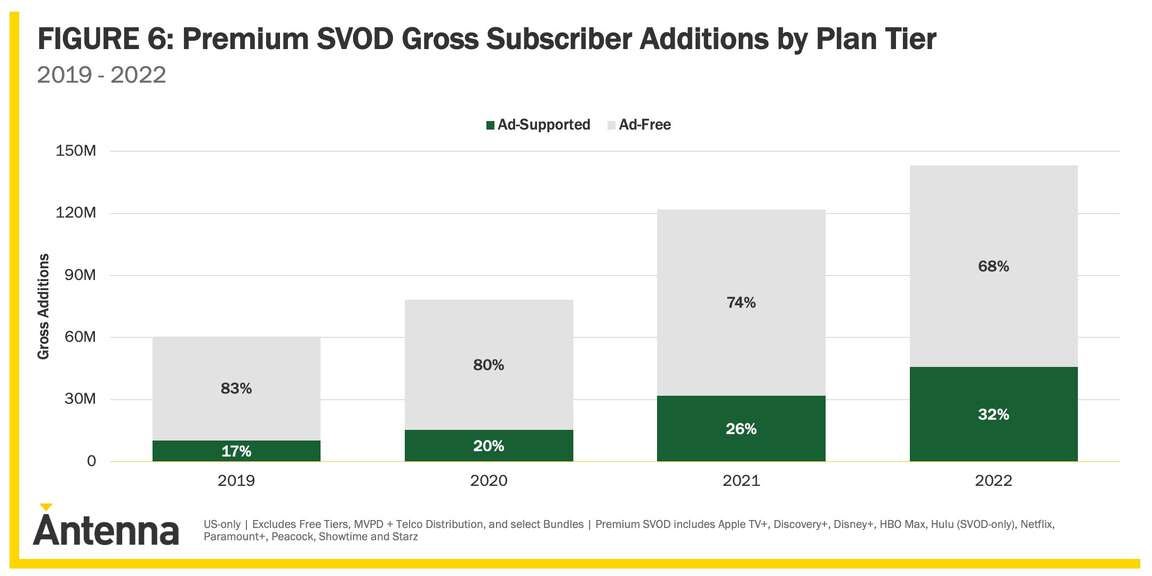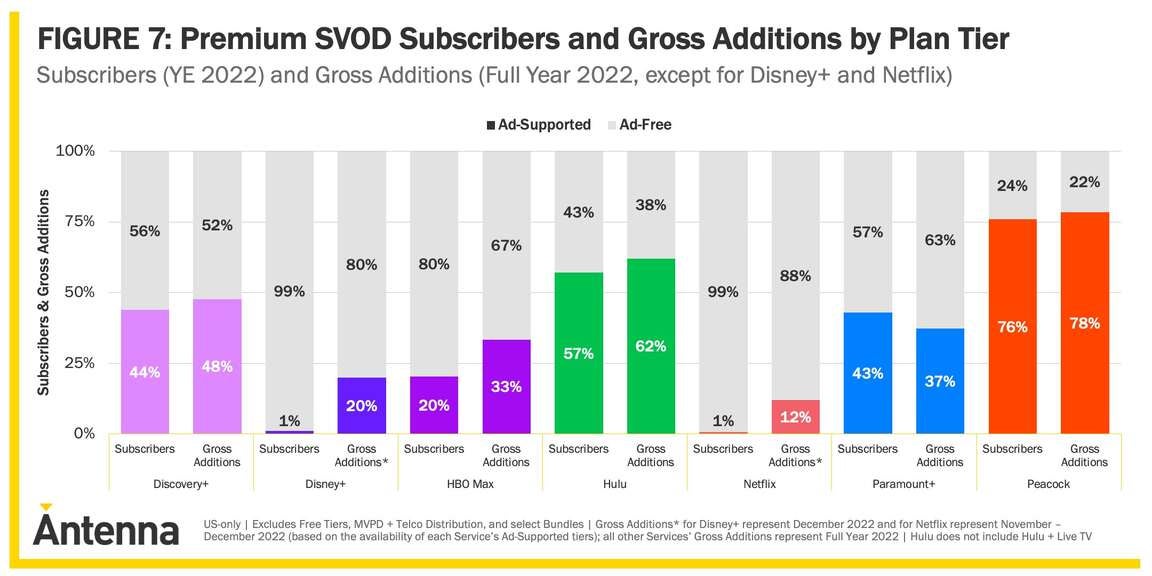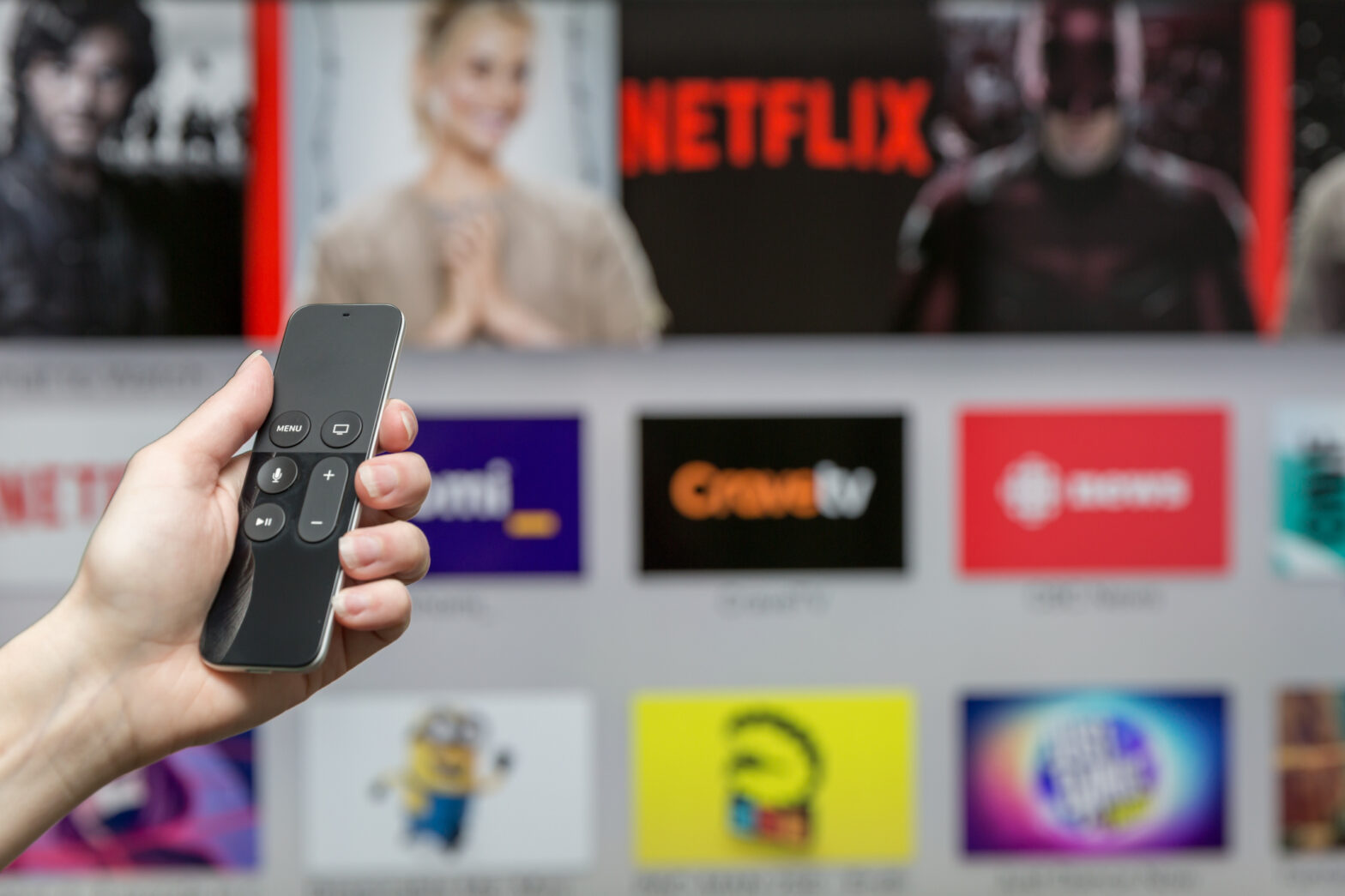According to media research firm Antenna, in 2020, only one in five new subscribers to streaming services signed up for ad-supported plans; however, that figure increased significantly to almost 33% in 2021. Many services that started off exclusively ad-free subscriptions are now opting to offer an ad-supported service at a cheaper rate, enticing viewers to remain as subscribers, or to sign up if the premium plans proved to be too costly.

The end of 2022 saw both Netflix and Disney+ jump on the ad-supported bandwagon, and earlier this week AMC+ has also jumped on board, announcing plans to launch an ad tier in the third quarter of this year. Given that Netflix is starting to crack down on subscribers being able to share their accounts with family and friends who don’t live in the same household, it’s understandable that the service may want to make adding extra subscriptions affordable for users.
The premium services that have always offered an ad-supported option — Peacock, Hulu, Paramount+, discovery+ — each have at least 43% of their customers on ad-supported plans, with NBCUniversal’s Peacock leading the way at 76%. Peacock is a bit of an outlier in many respects, because it existed as a free bonus for Comcast internet and cable subscribers until February and just eliminated its free tier just a few weeks earlier. So, the additions to the ad-supported tier for the service likely were buoyed by viewers who had grown accustomed to using the platform for free, but when that was lost, opted for the cheapest alternative.
Interestingly, it is the service with the longest-standing ad tier that has the next best numbers in terms of total subscribers on its ad-supported tier and the highest percentage of gross additions in 2022 on the lower-priced plans. Hulu comes in with 57% of its subscribers on the AVOD (ad-supported video-on-demand) plan and 62% of the additions last year opted for the lower-priced plan.

While many find ads annoying and interruptive during their favorite movies and TV shows, this data demonstrates that people don’t mind watching ads in order to avoid paying the ever-increasing prices of streaming services. The average savings for an ad-supported service over its ad-free alternative run roughly $3 per month. While $36 in savings over the course of a year might not seem worth it to put up with advertising, if you have an average of four streaming services per household — as most Americans do — the small amounts add up and can have a big impact for those conscious of their budgets.
Source: thestreamable.com



